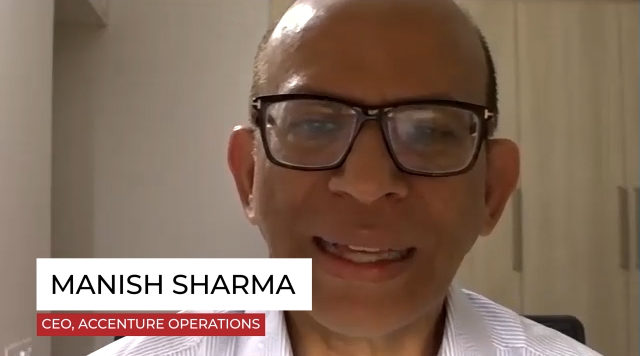[ad_1]
Manish Sharma, chief executive officer of Accenture Operations, reveals the findings of a new report on why a handful of businesses are realizing superior performance during the pandemic.
Accenture’s report, surveying businesses around the world, concludes that the adoption of new ways of operating could spur $5.4 trillion in profitable growth. It identifies just 7% of all organizations that are outperforming their peers during times of uncertainty, realizing three times higher profitability and two times more efficiency than the rest of the pack.
One of the chief tools being employed by leaders to achieve those results is artificial intelligence. It’s one key aspect of a move toward digital technologies across the supply chain, resulting in “operational maturity” to enable greater responsiveness to new patterns of buying by consumers.
Companies are deploying A.I. on a number of fronts, Sharma says, including for analyzing consumption data, creating prediction models for supplier reliability, and engaging in localized demand forecasting. A.I. can take in all kinds of data, including input from social media and weather reports, to generate more reliable forecasts.
What the technology doesn’t do is eliminate humans from the process. “A.I. is an enabler,” says Sharma. “Human ingenuity is still the most important thing.” A.I. and other aspects of technology can better manage repetitive, time-intensive tasks, allowing people in handle the more creative and intuitive aspects of supply and demand forecasting.
Automation is a journey, Sharma stresses, ranging from foundational management of basic tasks to robotic process automation (RPA), analytics and machine learning, and sophisticated artificial intelligence. While it can be difficult for an automated system managing huge volumes of incoming data to transition from descriptive to predictive to prescriptive mode, Sharma says, progress toward that end has been accelerated by the pandemic.
[ad_2]
Source link Google News

